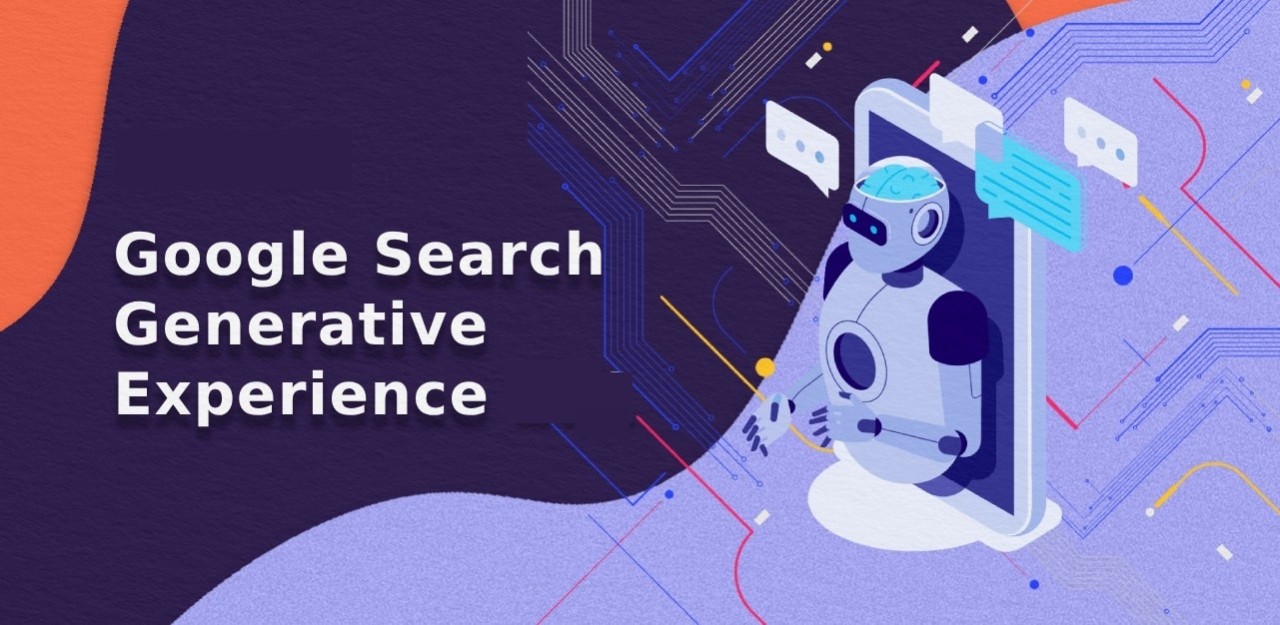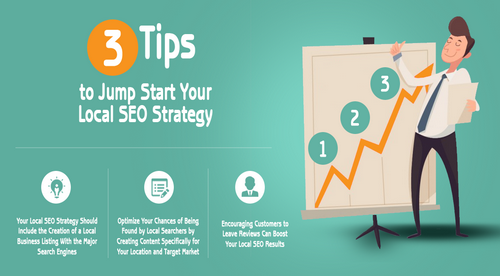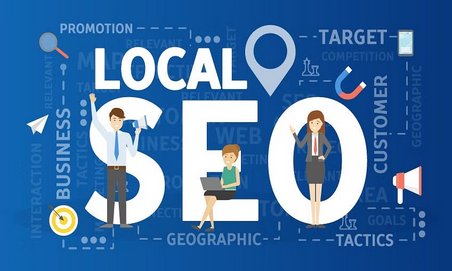
SEO in the AI Era: Your Rankings Are at Risk, Fix it NOW!

First, listen to a brutal truth about AI:
“AI is rewriting the rules of SEO—and fast.”
In previous SEO techniques, the ranking on Google was all about backlinks, keywords, and technical tweaks.
But today?
Search engines are being redefined by AI-powered tools like ChatGPT, Claude, Gemini, and Perplexity.
Google’s Search Generative Experience (SGE) now answers questions directly—without sending clicks to your site.
Here’s the scary part:
👉 Some brands have already lost 30–60% of their organic traffic in just months.
But here’s the opposite side of the story:
👉 If you adopt changes only, then you can dominate rankings. And you can make your traffic future-proof.
This guide is not a theory. I’ll walk you through battle-tested, step-by-step strategies to protect your rankings, make your content AI-proof, and even leverage AI to scale SEO results.
You’re about to learn exactly how to fix your SEO in the AI era and win back your traffic.
Understand How AI Is Reshaping Search
The first step is brutal honesty: the SEO game you knew is gone.
What’s happening?
- Google SGE generates AI Overviews—snippets that directly answer user queries.
- AI has become the new search engine for millions of users, and the numbers are increasing.
- Now keywords are no longer the main part of the game. Search and conversational queries have replaced keywords.
Why it matters
AI will summarize your material if it is thin, generic, or overflowing with keywords, and users will never click.
The fix
You need to reposition your content to stand out where AI cannot:
- Original research, firsthand accounts, and professional comments are examples of unique perspectives.
- first-hand accounts (internal statistics, case studies, and consumer stories).
- Human authority signals (real author names, credentials, and trust markers).
Pro Tip: Think of AI as a “content blender.” If your page looks like every other article online, it gets blended and lost. If it’s unique, it gets cited—or better yet, clicked.
Double Down on Topical Authority
In the AI era, depth beats breadth.
Google and AI systems want to recommend sites that are clearly experts on a topic—not random blogs with scattered posts.
Case study
Backlinko’s “Skyscraper Technique” dominated because it owned one niche (SEO) with massively detailed guides. That’s why Google trusted it, and why AI models still reference it today.
Credit: backlinko.com
Your move
- Pick 1–2 core themes for your site.
- Make pillar pages that have everything on the subject, including the best guides and over 5,000 words.
- Provide supplementary materials (FAQs, case studies, tutorials) all around them.
Example:
If you’re in fitness, don’t post “random health tips.” Instead:
- Pillar: The Ultimate Guide to Intermittent Fasting
- Support: “Intermittent Fasting for Women,” “Intermittent Fasting vs Keto,” “Best Intermittent Fasting Apps”
The Framework: E-E-A-T++
- Experience: Show first-hand results.
- Expertise: Author bios, certifications.
- Authority: Backlinks, mentions, collaborations.
- Trust: Transparency, data, customer proof.
Important: AI pulls from authoritative clusters, not one-off articles. Build a web of expertise.
Optimize for AI Overviews (SGE Optimization)
Google’s Search Generative Experience (SGE) is changing the game.
Instead of showing a list of links, Google now spits out AI-powered “Overviews” that answer questions directly.
That means users often get what they need without ever clicking. Tough news for SEOs, right?
Not if you adapt. The trick is to become the source that SGE pulls from.
Here’s how:
- Target conversational queries. People type (and speak) in questions like “What’s the best protein for beginners?” or “How do I fix slow WiFi at home?” Structure your content to match that natural language.
- Answer directly — but with depth. Short, scannable answers get picked up by AI. But don’t stop there. Expand with examples, stats, and stories so when people do click, they stick.
- Make use of organized data. Google's AI can more easily understand and trust your material when it is marked up with schema.
- E-E-A-T should be strengthened. Google is looking for experts. Your chances of getting cited in Overviews increase with the amount of evidence you provide of your expertise and authority.
Bottom line: SGE isn’t stealing your traffic—it’s just raising the bar. If your content is clear, structured, and authoritative, you’ll show up inside the overview instead of watching from the sidelines.
Here is a Step-By-Step Guide!
- Answer queries in plain language.
Example: Instead of burying “How long does SEO take?” in paragraph 12, answer it in the first 2 lines.
- Add structured data + schema.
Product schema, FAQ schema, review schema.
This helps AI grab your content.
- Provide concise summaries.
TL;DR boxes, bullet-point answers, mini conclusions.
- Use comparison tables.
Insert chart of “AI SEO tools comparison” → AI loves these.
Here’s the tricky part:
Don’t just optimize for bots. Make these summaries eye-catching for humans so readers still click.
Create Content AI Can’t Replicate
AI is fast. But it’s also predictable. It can summarize, rewrite, and remix existing info, but it can’t replace your lived experience, original research, or unique voice. That’s your moat.
If you want your content to survive in an AI-saturated world, you’ve got to inject what machines can’t:
- Personal stories. Share how you solved the problem your audience is facing. AI can’t fake scars, failures, or “I tried this and here’s what happened” moments.
- Data + insights. Original surveys, customer interviews, or experiments are gold. AI can’t invent credible, real-world stats.
- Fresh takes. Don’t just say “X is good.” Share why it matters right now, how it connects to trends, or even where the industry is wrong.
- Tone + style. Readers connect to energy, humor, and personality. An AI-generated blog post rarely makes you laugh, nod, or think “wow, this person gets me.”
Think of AI as the baseline. Anyone can use it to generate generic drafts. Your job? Layer in what only you know — the human, messy, insightful stuff. That’s what separates “yet another AI article” from content that earns clicks, shares, and trust.
What AI does well
- Generic definitions
- Step-by-step lists
- Basic summaries
What AI fails at
- Personal stories
- Proprietary data
- Human emotions & nuance
Your edge
|
Share real-world experiments. Example: “We tested 3 AI SEO tools—here’s what doubled our traffic.” |
|
Create names for your methods. Brian Dean has “Skyscraper Technique.” You can build your own. |
|
Screenshots, charts, customer testimonials. AI cannot fake your analytics screenshot. |
Pro Tip: Add a “From My Desk” or “Here’s What Happened When We Tried It” section in every article. It screams authenticity.
Leverage AI Without Losing Your Edge
Let’s be real: ignoring AI is like ignoring Google back in 2005. You’ll get left behind. But leaning on it too much? That’s just asking to sound like every other blog out there.
The sweet spot is using AI as your assistant, not your replacement.
Here’s how pros do it:
- Outline content concepts, hooks, or frequently asked questions using ChatGPT or Claude. Then, to give them more depth, add your experience.
- Before AI summarizes your reports, you have to make a cross-check always. It will help you to keep your content according to your viewpoint.
- In order to make your content more advanced, you can use AI to enhance your tone, style, and flow, but words and phrases will remain according to your preference.
- In order to stay human, you can include anecdotes, case studies, or humor. These things cannot be replicated by AI.
Think of it like using power tools. A pro carpenter still needs skills, creativity, and vision. The tool just makes the job faster. Same with content: AI gives you speed, but your human edge is what builds trust and authority.
Where AI helps
- Keyword research: Generate clusters fast (then refine manually).
- Content briefs: AI can outline, you add expertise.
- Rewriting drafts: Use it for clarity, not originality.
- Internal linking: Let AI suggest interlinks.
Where YOU win
- Adding insights.
- Ensuring voice & personality.
- Maintaining accuracy.
In summary, use AI to enhance your voice rather than to replace it. You maintain your wits while everyone else becomes robotic clones in this way.
Build a Moat Around Your Brand
In the AI world, brand = survival.
Why? Because even if AI gives answers, users will still trust familiar names.
Brand-building moves
- Create signature newsletters.
- Post thought leadership on LinkedIn/X.
- Appear on podcasts & YouTube channels.
- Encourage branded search (“[Your Brand] SEO guide”).
📌 Example: Neil Patel still dominates not because his guides are unique anymore—but because his brand is everywhere.
Important: The more people search your brand directly, the less AI disruption hurts you.
Measure What Matters (New SEO Metrics)
Here’s the reality: keywords come and go, algorithms shift, AI reshapes search… but brands endure.
If you want to future-proof your content strategy, stop thinking just about “ranking” — start thinking about moats.
A moat is the thing that makes your brand impossible to copy. And in 2025, that’s what sets winners apart.
|
Traditional SEO |
rankings + clicks |
|
AI SEO |
visibility across multiple platforms. |
What to track now
- Impressions in AI Overviews (coming soon in Google Console).
- Mentions in AI assistants (brand tracking tools).
- Engagement metrics (time on page, comments, shares).
- Branded searches (Google Trends, Ahrefs).
Credit: ahref
Pro Tip: Treat AI assistants like a new distribution channel—optimize for visibility even if the click isn’t immediate.
Resources & Tools for AI-Era SEO
Here’s your toolbox for surviving (and thriving):
- Keyword Research: Ahrefs, SEMrush, LowFruits.
- AI Tools: Jasper, SurferSEO, ChatGPT, Claude.
- Content Structuring: Notion, Trello, ClickUp.
- Analytics & Tracking: Google Search Console, GA4, Brand24 (AI mentions).
- Schema Generators: TechnicalSEO.com, RankMath.
Conclusion: The Future Is Already Here
AI isn’t coming—it’s here. And it’s shaking SEO to its core.
But here’s the truth most won’t tell you: this isn’t the death of SEO—it’s the rebirth of it.
If you:
- Build topical authority
- Optimize for AI Overviews
- Create irreplaceable content
- And leverage AI tools smartly…
You won’t just survive. You’ll dominate.



Leave a reply